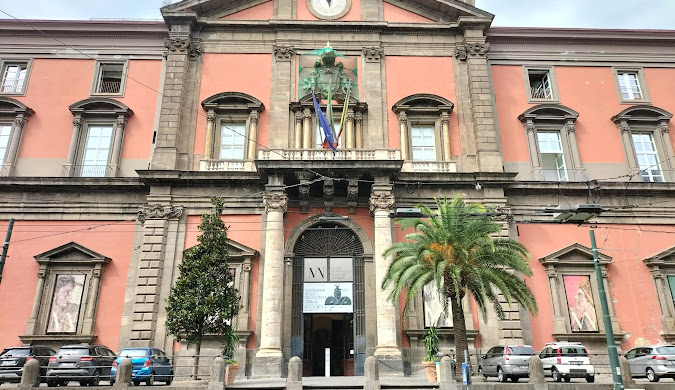Vesuvius ,Italy
🌋 Mount Vesuvius: Hike the Legendary Volcano That Froze History
Welcome to Mount Vesuvius, one of the most iconic volcanoes in the world — and the only active volcano on mainland Europe! Towering above the Bay of Naples, Vesuvius offers not only jaw-dropping panoramic views but also a fascinating glimpse into ancient Roman history.
Whether you’re a nature lover, a thrill-seeker, or a history buff, Vesuvius is a must-see stop on your Italian adventure.
🏞️ Why Visit Mount Vesuvius?
🔥 A Volcano with a Story to Tell
-
In 79 AD, Mount Vesuvius erupted violently, burying the Roman cities of Pompeii and Herculaneum under ash and pumice. The event preserved the cities in time and left behind one of the world’s most significant archaeological sites.
-
Today, you can walk along the crater rim and look down into the still-smoking volcano, a humbling and awe-inspiring experience.
👣 The Crater Hike
-
A moderately challenging hike of about 30–40 minutes will take you to the rim of the crater, where you’ll be rewarded with epic views of Naples, the Bay of Naples, and Capri on a clear day.
-
The trails are well-maintained, and local guides are available for deeper insights into the volcano’s history and geology.
🎟️ How to Visit Mount Vesuvius
-
Getting There: Vesuvius is easily accessible from Naples, Sorrento, or Pompeii via car, bus, or guided tours.
-
Tickets: Entry to the Vesuvius National Park costs around €10. Booking online in advance is recommended during high season.
-
Hours: Open daily, typically from 9:00 AM to 5:00 PM, but check seasonal hours in advance.
📸 What to Bring
-
Comfortable walking shoes (it’s rocky!)
-
A jacket — it can be windy at the top
-
Water & sunscreen (the sun gets strong at higher altitudes)
-
A camera or phone — the views are unforgettable
🏛️ Pair It with a Pompeii Tour
-
Combine your Vesuvius visit with a tour of Pompeii or Herculaneum to fully appreciate the power of this volcano and its impact on Roman civilization.
-
Walking through the ruins of Pompeii, with Mount Vesuvius looming in the distance, creates a profound connection between the past and the present.
🕰️ Best Time to Visit
-
Spring and Autumn (April–June, September–October) are ideal for hiking — cooler temps and clearer skies.
-
Summer offers great views but can be hot and crowded — go early in the morning to beat the heat and the crowds.
🤩 Fun Facts About Mount Vesuvius
-
It has erupted more than 50 times since 79 AD.
-
The last major eruption was in 1944.
-
It's part of the Campanian volcanic arc, a geologically active zone.
-
Vesuvius is considered one of the most dangerous volcanoes in the world due to the dense population living nearby.
🌍 Why Mount Vesuvius Should Be on Your Bucket List
Mount Vesuvius offers a rare opportunity to stand on the edge of an active volcano, witness breathtaking natural landscapes, and step into the pages of ancient history. It’s an adventure that combines thrill, learning, and wonder—all in one unforgettable day trip.


